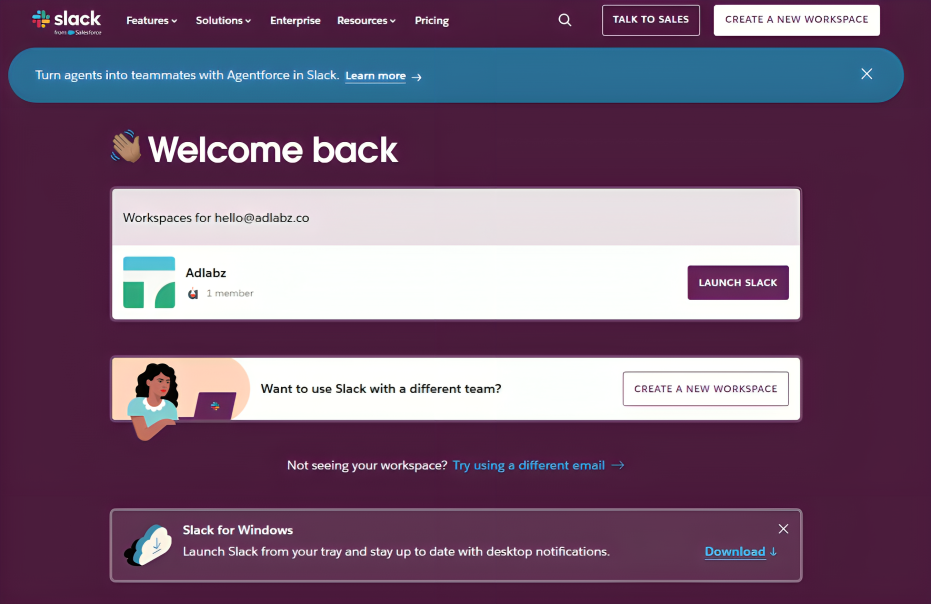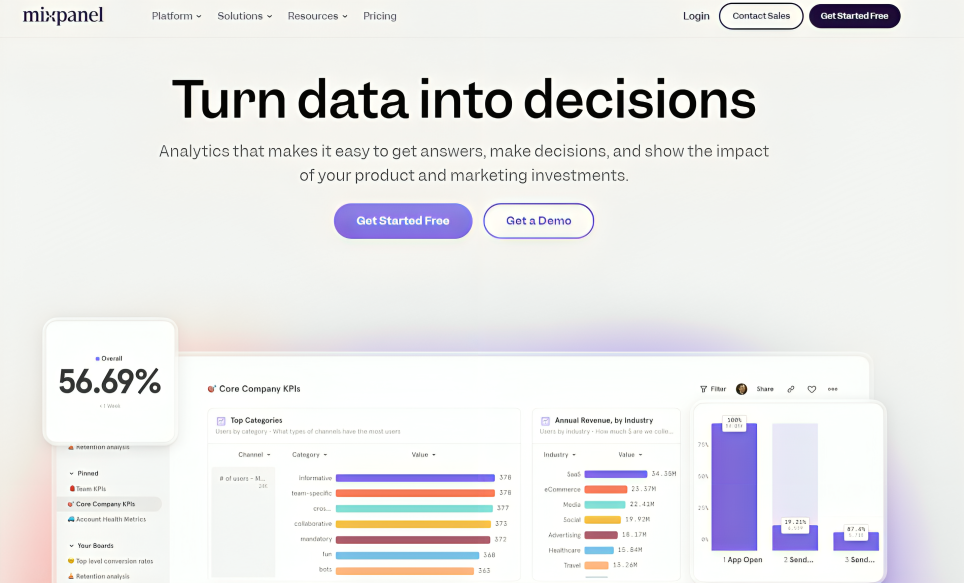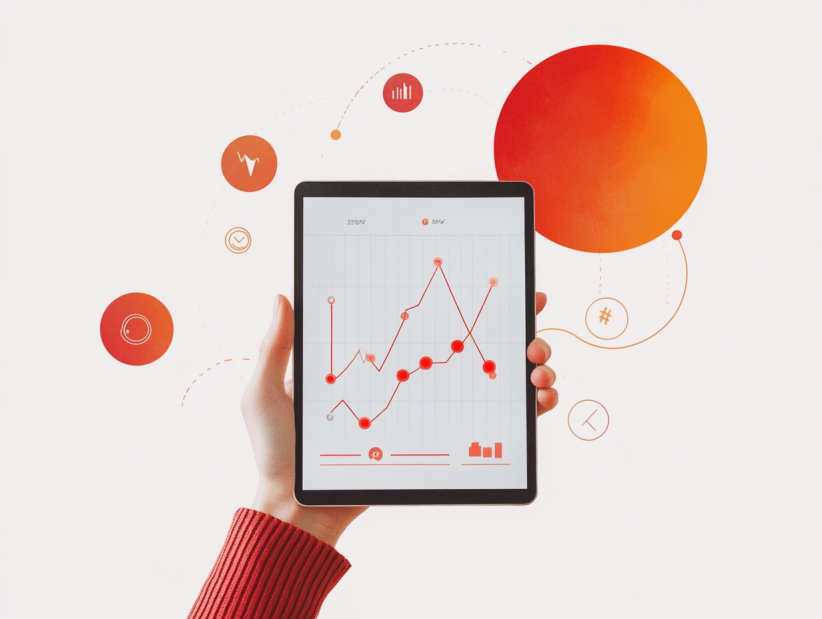Given how fast the Software-as-a-Service (SaaS) industry is evolving, digital marketing strategies are becoming imperative for scaling companies in 2025 and beyond. As competition grows and new technologies change business landscapes, SaaS companies must embrace new tactics in SEO, artificial intelligence (AI), and growth more broadly.
Table of Contents
Why Does SaaS Digital Marketing Matter, and What Is it?
SaaS Digital marketing strategies are specifically catered for the companies that provide software services on the cloud. SaaS solutions are generally subscription-based, unlike traditional software, so customer acquisition, engagement, and retention are important for prolonged success. Good digital marketing is visible — it creates trust and ultimately fast-tracks growth through high-quality leads and, in all likelihood, fewer return customers.
How Is SEO Changing for SaaS Companies in 2025?
Search Engine Optimization (SEO) has long been an important pillar of SaaS marketing, though both search algorithms and user behavior are constantly changing. The following are some of the key 2025 SEO trends influencing SaaS digital marketing:
- Organizing Information Using Semantic SEO and Topic Clusters
Search engines have evolved to understand context and intent rather than relying solely on individual keywords. In 2025, SaaS companies leverage semantic SEO by clustering content into thematic hubs. The pillar-cluster approach consists of creating a robust pillar page that targets a broad topic and complementing it with related cluster pages that explore their subtopics.
A SaaS company that sells project management software might create a pillar page on “project management best practices,” and then cluster pages on time tracking, resource allocation, task prioritization, etc.
- Core Web Vitals and the User Experience (UX)
Google’s Core Web Vitals — which measure page load speed, interactivity , and visual stability — also continue to be an important ranking signal. Some potential topics include load time optimization for SaaS websites or seamless navigation in SaaS applications. Conversely, low-performing UX can damage search rankings and conversions, making this especially crucial for SaaS powerhouses with sophisticated functionality.
- International SEO for Localized Success
SaaS companies also tend to focus on global markets. By 2025, many businesses will be focusing on localized SEO, customizing their search engine strategies to be more relevant to individual regions. Tailoring content for local languages, cultural shade, and search preferences can enhance organic visibility in various regions.
How Is AI Transforming SaaS Digital Marketing?
Recently, artificial intelligence has been recognized as a game changer. Here’s how AI is transforming SaaS marketing:
- AI-Powered Content Generation
Tools such as ChatGPT and Jasper that are driven by AI help SaaS marketers churn out high-quality content quickly. These tools can help you write drafts for blog posts, come up with ad copy, and even help you create SEO-friendly content. Human oversight still is essential to maintain accuracy and creativity.

- Customer Insights through Predictive Analytics
AI algorithms can analyze historical data to project the behavior of future customers. Using predictive analytics, SaaS companies can better predict churn risks, narrow down upsell opportunities, and find the right marketing channels. This, in turn, allows for more personalized and more effective campaigns.
- Chatbots and AI-Powered Customer Support
AI-driven chatbots have become a fixture in SaaS customer support, offering quick answers to frequent questions. Natural language processing (NLP) will be used by advanced chatbots, allowing them to provide more human-like interactions in 2025, thus improving customer satisfaction and reducing costs associated with support.
What Growth Strategies Are Driving SaaS Success in 2025?
Most SaaS companies rely on a combination of inbound and outbound strategies to fuel their growth. Here are some of the key strategies that are working so far this year:
- Product-Led Growth (PLG)
Product-led growth focuses on using the product itself as the main driver of acquisition, retention, and expansion. The vast majority of SaaS companies provide at least some level of free access to their software, whether through free trials or freemium models so that users can experience the product intimately before purchasing it. By creating an enjoyable onboarding experience, and gently prodding users to explore the important features, they can turn free users into paying customers.
- Account-Based Marketing (ABM)
This is marketing based on targeting high-value accounts through personalized campaigns. ABM strategies in 2025 are more data-centric and leverage AI to identify ideal customer profiles (ICPs), plus tailor messaging based on the specific pain points for each account. So, if you are a SaaS company selling to enterprise, this method works especially well for you.
- Thought Leadership and Content Marketing
SaaS digital marketing is as core as a strategy that gives value, content marketing. Organizations are producing educational resources like blogs, webinars, instant case studies, and so on, and establishing themselves as thought leaders. By solving industry problems and offering practical takeaways, SaaS companies can earn the trust and authority of their target market.
- Community Building
By 2025, even SaaS companies have started to adopt community building as a growth strategy. Through online communities that are based around their products, companies can turn customers into advocates who entertain and educate other customers. These communities are centered on the likes of Slack, Discord, and LinkedIn groups.

Key Differences Between Product Marketing and SaaS Marketing
Both product marketing and SaaS marketing focus on promoting software solutions, but the two disciplines have distinct focuses and tactics. Unlike product marketing, which focuses on single purchase launches, SaaS marketing involves a continuous cycle of sales driven by specialized recurring revenue models specific to SaaS.
- Focus on Retention
Because long-term profitability largely comes from the renewal of subscriptions it means SaaS marketing focuses on customer retention. Product marketing might be more about making the first sale.
- Customer Success
SaaS marketing incorporates customer success initiatives to make sure that users consistently adhere to the product. These include proactive support, routine updates, and training.
- Metrics and KPIs
The two establish different outdoor KPIs (key performance indicators). SaaS marketing metrics include monthly recurring revenue (MRR), churn, and customer lifetime value (CLV); product marketing metrics are usually sales growth and market penetration.
Popular Digital Marketing Strategies for SaaS
In SaaS companies in 2025 use several digital marketing strategies to drive growth and engagement:
- Search Engine Marketing (SEM)
Organic SEO and paid search advertising bay together capture high opening traffic for SaaS companies. You also need to target relevant keywords and create landing pages optimized for conversions.
- Social Media Marketing
Social networks — such as LinkedIn and Twitter — can be great places for SaaS company engagement with industry experts. Share useful written long reads, spend on ads, and engage in conversations.
- Influencer Marketing
Collaborating with influencers and industry experts helps in widening a SaaS company’s reach. They can review products, feature success stories, and lend credibility through endorsements.
- Email Marketing
Email marketing continues to be a highly effective channel to nurture leads and retain customers. Personalized drip campaigns, newsletters, and onboarding sequences keep them engaged and drive upsells.
Techniques and Tools to Get More Growth
In order to grow faster, SaaS companies can harness advanced techniques and tools:
- Marketing Automation
Automation tools like HubSpot and Marketo help automate boring tasks, such as lead nurturing and campaign tracking. This allows marketers to devote their time to strategy and creative tasks.
- Conversion Rate Optimization (CRO)
There are also solutions to help SaaS companies optimize their websites and marketing funnels such as A/B testing and user feedback tools. Small increases in conversion rates can lead to large gains in revenue.
- CRM Platforms
Customer relationship management (CRM) systems such as Salesforce and Pipedrive allow SaaS companies to organize leads, monitor interactions, and increase sales pipeline transparency.
Related Article: https://www.adlabz.co/top-crm-tools-for-b2b-saas-marketing-teams
- Analytics Tools
Analytics tools such as Google Analytics, Hotjar, and Mixpanel can provide valuable insights into user behavior that marketers can use to recognize roadblocks.

How Can SaaS Companies Optimize Their Marketing Funnels?
You are well aware of the importance of a highly optimized marketing funnel that leads the prospects from the Awareness stage to Conversion. SaaS companies need to tackle each funnel stage with tailored strategies:
- Top-of-Funnel (Awareness)
SaaS companies turn to attract customers in the awareness stage through search engines, social media, and content marketing. Examples include SEO-optimized blog posts, industry reports, and video content created specifically to inform and engage.
- Middle-of-Funnel (Consideration)
Once in the consideration stage, prospects compare different solutions. SaaS companies can engage leads through more detailed resources, including comparison guides, product demos, and webinars. They also use email marketing campaigns to keep audiences engaged.
- Bottom-of-Funnel (Decision)
At the decision stage, prospects are prepared to buy. For example, SaaS businesses help increase conversions based on case studies, testimonials, and limited-time offers. When they find something they like, they need clear calls-to-action (CTAs) and pricing pages that make it easy.
How Can SaaS Companies Leverage Partnerships for Growth?
Partnerships are one of the most potent growth levers for SaaS companies. SaaS businesses can build partnerships and work closely with complementary businesses. Partnership strategies are common:
- Integration Partnerships
Most SaaS products are integrations with other mainstream platforms. These integrations provide customers with streamlined workflows and enhanced functionality, allowing them to get more value from these services. Integration partners may engage in mutual co-marketing to promote one another’s solutions.
- Affiliate and Referral Programs
Affiliate and referral programs reward users and partners for promoting a SaaS product. Such programs are evolving in 2025 with enhanced tracking and fulfillment to bring even more transparency and effectiveness.
- Strategic Alliances
On the other hand, strategic alliances refer to far deeper collaborations, such as joint ventures or co-branded products. Such partnerships can help innovate and lead to new opportunities for revenue generation for both organizations.
Future SaaS Digital Marketing Trends
Technologies are advancing at an unprecedented pace, which means that SaaS marketing will develop in several areas:
- AI Integration
AI will be increasingly used to automate marketing tasks, process data, and personalize customers’ experiences. Consequently, SaaS companies that are successful in incorporating AI technologies into their operations will have a significant competitive advantage.
- Sustainability
As environmental awareness grows, sustainability becomes increasingly vital for both businesses and customers. Therefore, SaaS companies may actively emphasize green campaigns to attract environmentally friendly consumers.
- Customer Experience
Excellent customer experience will continue to be the highest priority. Budgets for UX design, customer service, and UX innovations will grow as asking for something less is no longer an option.
Conclusion
In 2025, SaaS digital marketing will be volatile and highly adaptive. Keeping up with SEO trends, implementing AI solutions, and adopting state-of-the-art growth strategies will all help SaaS companies maintain their success. A data-driven decision-making culture, collaboration, and a customer-centric mindset will all continue to help firms develop in a competitive environment.
You might also be interested:


